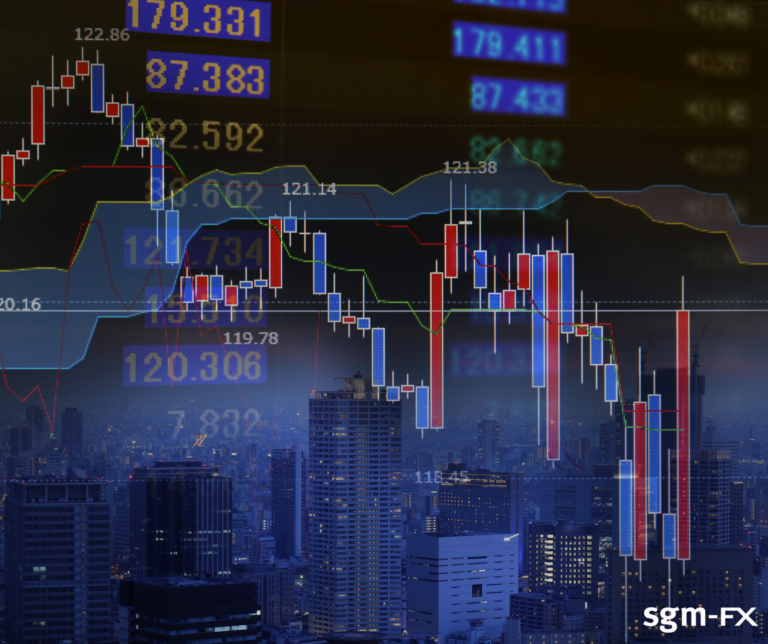
Morning Brief – Biden Time
The US administration has been scrambling to back track or at least qualify comments made by the president of the United States, Joe Biden, regarding his Russian counterparty. To remind you of the words said by the US President what with the turmoil of Will Smith’s face slap turning heads, he said, ‘for god’s sake, this man cannot remain in power’. This naturally gave way to expectations that the US was seeking regime change in Russia and may wish to intervene unilaterally or with the support of its allies to upset the balance of power in Russia.
This is a very serious if not dangerous sentiment if left unchecked. As many in the west have often theorised, the Russian President would need little provocation to justify a perceived threat to its national security and broaden the scope of its aggression as it has in Ukraine. The initial comments did lead to some further risk-off sentiment in the market. One key barometer of risk however, the exchange rate between US Dollar and the Japanese Yen is flashing no such warning of risk.
Volatility has ratcheted up once again in USDJPY as the underlying spot price has hit its highest level in seven years. The last major unwinding of risk that led to volatility of the degree we say yesterday was when Pfizer announced that its vaccine provided successful immune responses within 90% of subjects in early trials. This was on the 9th November 2020 and in the year and a quarter that has followed, the Yen has lost 20% versus the US Dollar. Much of this move has been an adjustment in risk sentiment following the covid pandemic despite the geopolitical risk presented by Russia’s invasion of Ukraine.
Much of the value change however has also been driven by differentials in interest rates, with a tightening cycle in the US matched across much of the globe compared with persistently low yields in Japan. The implied yield curve on 10-year paper in Japan has been approaching 0.25%. This rising implied yield had signalled the expectation of tighter conditions in Japan. However, the BoJ intervened yesterday to maintain loose policy crushing any expectations that Japan would follow the international trend towards monetary normalisation. This yield curve has driven USDJPY spot prices up to fresh highs and the 1-year forward to its most negative since the pandemic began.
Discussion and Analysis by Charles Porter

Click Here to Subscribe to the SGM-FX Newsletter
Related Insights

Daily Brief – One in three
One in three Until recently, the market had held the probability of a rate cut at the Bank of England’s November meeting at near zero. Above-target inflation and insufficient evidence of faltering economic growth alone suggested the BoE would continue to adopt a wait and see approach. Combine that with the uncertainty of the UK […]

Daily Brief – Grinding lower
Grinding lower The key currency pairs of GBPUSD and EURUSD continue their slow but consistent grind lower. This story is not just one of dollar strength but also a rotation away from GBP and EUR, in favour of safe havens. Under performance in global equity markets continues to be a factor behind the market’s general […]

Daily Brief – A glimmer of (European) hope
A glimmer of (European) hope The ECB has made significant progress in cutting rates towards an accommodative level. The Eurozone saw evidence of cooling inflation much sooner than many economies and has been able to respond accordingly, cutting the deposit rate to 2%. The ECB will meet again this Thursday to publish its latest monetary […]



 Charles Porter
Charles Porter